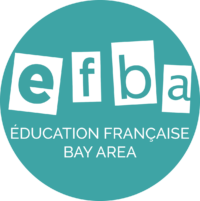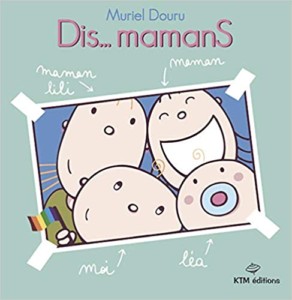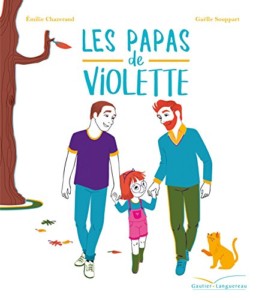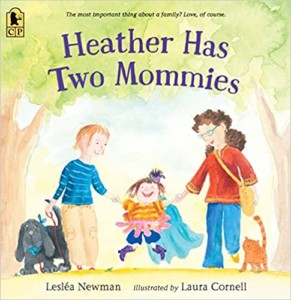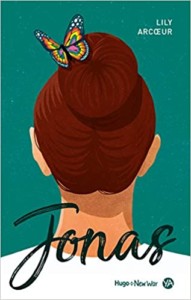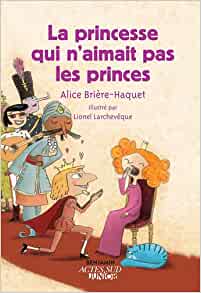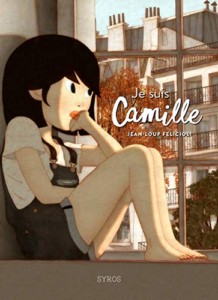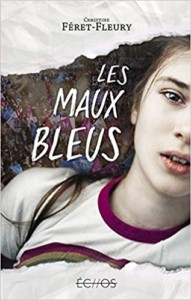Historically, PRIDE Month is celebrated in the United States during the month of June. EFBA wants to engage, show support for the movement, and share some interesting resources (both in English and French language), available for caregivers, educators and other trusted adults who are looking to explore LGBTQIA+ content to celebrate pride month with children.
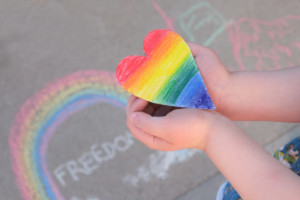
Inspired from the events of the Stonewall riots, started on June 28th, 1969 by members of the LGBTQ community in the neighbourhood of Greenwich Village (NYC), in response to a police raid, Pride month became a celebration of diversity and uniqueness of individuals during the month of June in the following years, up until today. Other locations around the globe started to share sympathy with the movement even if, for various reasons, it is not necessarily celebrated in the same month.
Why is it important to talk about LGBTQIA+ with children?
While some caregivers and education professionals may be reluctant to discuss LGBTQIA+, gender identity and gender expression with children, it is crucial to building a more inclusive and respectful society.

The number of children living in same-sex families is growing. Feeling that their parents are respected will be a source of appeasement and fulfillment for them. Making these family structures visible means normalizing them – through children’s literature, for example – and integrating them fully into society. But this necessity does not only concern LGBTQIA+ parents. A transgender uncle, a bisexual sister and a queer cousin (along with intersex, asexual people, etc.) also have a right to visibility!
Talking about these topics and normalizing them is also essential to the well-being of children and teens who experience a sexual orientation that does not fit the traditional pattern. For these young people, who are often victims of rejection, mockery and bullying, the stigma creates distress and leads to elevated risk of suicide attempts, among other self harm behaviors. It is important to understand that these are not the consequence of being LGBTQ+, they are the consequence of the stigma and rejection from society. Youth and children who discover their different gender identity while being supported by a network of caring family members, educators, other trusted adults, and friends will learn to love themselves and become eventually well adjusted members of society.
We have selected a list of books so that you can address these issues and celebrate pride month with children. Let’s build a more positive and inclusive society together!
We are all different and EFBA takes PRIDE in celebrating this diversity!
Children’s books to ensure a better LGBTQIA+ visibility
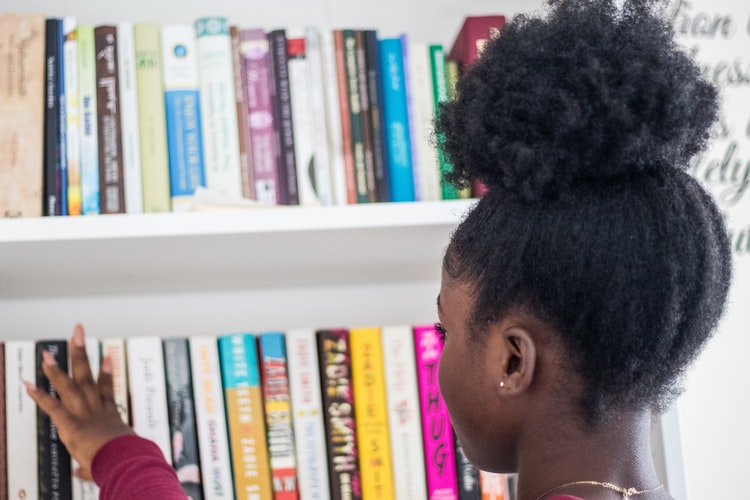
A few publishers and writers have been trying to demystify those themes for caregivers and educators by exploring them in a simple and delicate way in their books, respecting important factors in the development of young kids. The level of acceptance of these materials varies from location to location. As an example, in Brazil, the country with the largest number of Catholics in the world, the religious factor led the government to veto the distribution of sexual education materials exploring sexuality and gender, developed for students older than 11. This month alone (on June 15th), Hungary passed a law banning LGBT literature for under-18s, claiming that this “kind” of material promotes the concepts of homosexuality and gender change to minors. In contrast, LGBTQIA+ characters have gained momentum in children’s books in France (see this blog post in French), where an estimated 300,000 school children come from homes with same-sex couples (according to data from 2012).
Beyond the political aspects of this subject, EFBA wants to inspire you, as a caregiver, educator, family friend or role model and share some very interesting material that can be used to help you explore these themes with kids and celebrate pride month with children:
And Tango Makes Three by Justin Richardson (French | English | reading age: 2 – 8 years)
At the penguin house at the Central Park Zoo, two penguins named Roy and Silo were a little bit different from the others. But their desire for a family was the same. And with the help of a kindly zookeeper, Roy and Silo got the chance to welcome a baby penguin of their very own.
Dis… mamanS by Muriel Douru (French | reading age: 3 – 5 years)
Théo is the son of a same-sex couple: he has two moms.
Les papas de Violette by Emilie Chazerand (French (Kindle) | reading age: 3 – 6 years)
This book introduces Violette as a girl with two dads. The main message in the story boils down to a very simple message: Love. She loves her parents, and they love her back.
Heather Has Two Mommies by Lesléa Newman and Diana Souza (English | reading age: 3 – 7 years)
Published in 1989, this ground-breaking novel was one of the first pieces of LGBTQIA+ children’s literature to garner broad attention. It is the delicate story of a girl who has two of almost everything, including two mommies. The book explores the numeral “2” and establishes a relationship with mathematics lessons (this important and sometimes intimidating subject!), while creating a sense of comfort and empathy for those kids with a similar parental and family structure.
Jonas by Lily Arcoeur (French | reading age: 13 – 18 years)
A young girl stands up for her brother and LGBTQIA+ rights.
Yet, what about when the topic of LGBTQIA+ diversity stems from the kid and not from the parents? We also found some inspiring books that can help children and teenagers to explore this subject and answer their questions:
Princess Kevin by Michaël Escoffier (French | English | reading age: 4 – 7 years)
Princess Kevin is a beautiful story about a boy who wants to dress up as a princess for carnival. In this no-holds-barred book, supported by his mom’s makeup and his sister’s dress, Kevin has the option to explore his choice of costume.
La princesse qui n’aimait pas les princes by Alice Brière-Haquet (French | reading age: 4 – 7 years)
Princes from all over the world came one by one to ask for the princess’ hand. But “no, thank you”, she was not interested! The miracle finally happened when a beautiful fairy appeared…
Je suis Camille by Jean-Loup Felicioli (French | reading age: 4 – 7 years)
A tender story about a girl born in a boy’s body.
Les maux bleus by Christine Fêret-Fleury (French | reading age: 13 – 17 years)
Armelle has known it for three years, she likes girls. Only her blue notebook is kept in confidence.
Aristotle and Dante Discover the Secrets of the Universe by Benjamin Alire Sáenz (French | English | reading age: 13 – 17 years)
Aristotle is 15 and mad as hell at anything and everything, he enjoys being a loner and isn’t that fond of his mom and dad. Dante is the light to Aristotle’s dark, he loves everything, is well liked and openly states that he loves his parents. They meet at the swimming pool and friendship begins.
Written by Rodolfo Falcao and Julia Peillon
List of other Inspiring Resources:
- Animated television series: The Owl House (English & French on Disney Now | for children aged 8-11) brings the LGBTQIA+ aspect as part of the storyline. It comes as an animation where the romance between two same-sex characters isn’t the focus of the story, instead bringing this just a complementary detail.
- Children’s television series: Sesame Street has a new family in the neighborhood. They are gay and they have an adorable little daughter!
- Song: Double Papa, Aldebert & Calogero (2021), new song in the upcoming album Enfantillages 4
- Storytime: Drag Queen Story Hour with Bella Niche at the Met Museum (English & Spanish | for children aged 3-11), Drag Queen Barbada, L’heure du Conte (in French – for children aged 3-6)
- Radio: 10 must read novels for the LGBTQIA+ youth (Radio Canada, in French)
- Tools and resources for educators: by LGBT+ Family Coalition (English & French)
- Other books: LGBTQIA+ books for children by the UK’s National Education Union (English)
Find other resources relevant to teaching children respect towards the LGBTQIA+ community and to celebrate pride month with children, write to us at info@efba.us and we will add them to this list.
Choose EFBA as your favorite charity to donate through Amazon Smile. Start here.
